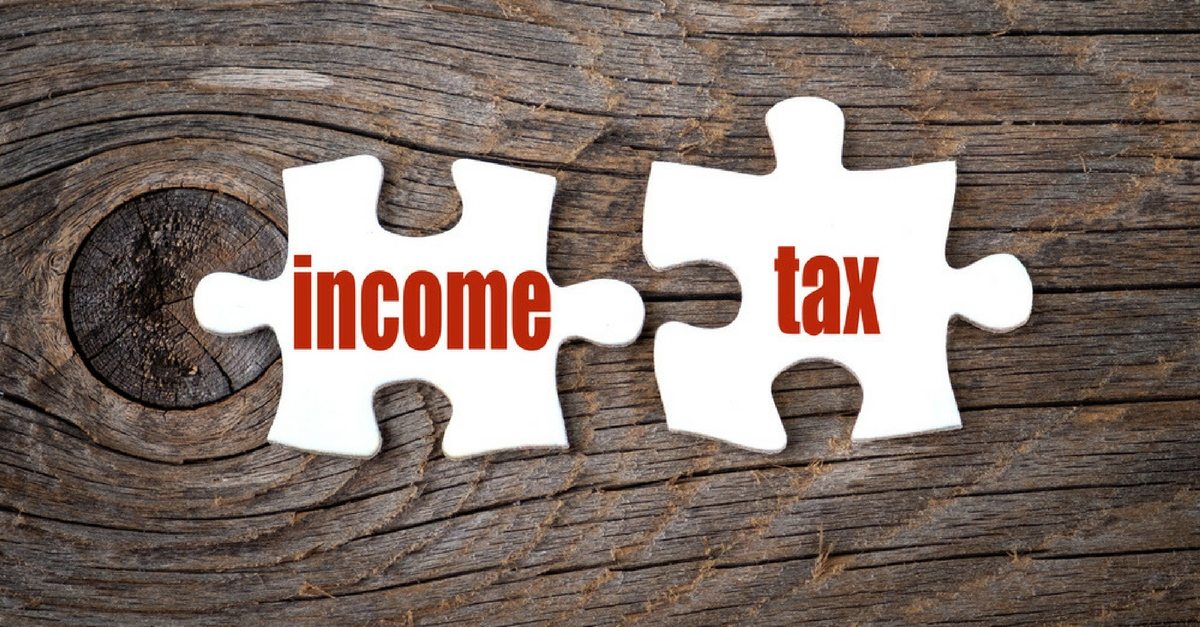
The mandate of the Canada Revenue Agency (CRA) is to assess and collect the correct amount of tax for individuals and businesses in Canada. However, if you can’t afford to pay your tax debts, then filing bankruptcy may be something you need to consider.
If you declare bankruptcy in Canada, your back taxes do go away as long as CRA has not secured the tax debt through a lien before you file. Tax debts are discharged through a bankruptcy or consumer proposals except if the CRA has already placed a lien on your property. Back taxes, penalties and interest can only be eliminated by filing insolvency through a Licensed Insolvency Trustee. This would include outstanding income tax, payroll deductions and source deductions for HST or PST.
While tax debts are dischargeable through the Bankruptcy & Insolvency Act, dealing with the CRA can be complicated. Today, I’m going to review the implications of a CRA bankruptcy to eliminate tax debt.
The sooner you file the better. I like to think of the CRA as a big sleepy bear. When he’s hibernating for a long time, it’s easy to forget that he is there. You might think “I can’t afford to pay my taxes right now, if I don’t file the tax return, they will never know.” The problem is this doesn’t really work. When the tax bear wakes up and flashes those razor sharp claws, you start to appreciate just how dangerous he can be. Furthermore, he’s not going to give up chasing you once he gets your scent.
Compared to an average creditor, the tax man has super powers to help collect money owing to him.
- The CRA can freeze your bank account or garnishee your wages with just the signature from the director of your local tax office. A bank or credit card company has to go through a lengthy court process to able to do the same thing. I’m not here to argue whether it’s fair or right. It is what it is.
- If you have a business and the CRA knows who your major customers are, they can send a notice to those customers directing them to pay the CRA, not you the money your customers were to pay to you for the work you have done. And the no court order is required for this to happen.
- If you have a house, the Canada Revenue Agency can register a CRA lien against the property. No consent is required by you. No court order is required. Think of it as a second mortgage where the tax man is dictating the repayment terms.
Obviously, the best way to avoid these nasty consequences is to pay the debt. Just like any creditor, the CRA has collectors with whom you can negotiate a payment plan. However, if you can’t afford to pay back the tax, you should know that bankruptcy does clear tax debts.
Can you declare bankruptcy on taxes?
Yes. In fact, the CRA will not accept less than the full tax obligation owing unless you work with a Licensed Insolvency Trustee to eliminate your tax debt through the Bankruptcy & Insolvency Act.
CRA Bankruptcy Considerations
There’s a common misconception that tax debts are not included in personal bankruptcy. The truth is tax debts are unsecured debts just like your credit card debt. The Canada Revenue Agency gets treated the same as any other creditor if you file for bankruptcy. That means that, upon completion of your bankruptcy duties, your tax debts will be eliminated.
Having said that, in a bankruptcy CRA does review every file and may have some additional requirements. If you are going to file bankruptcy with tax debts:
- You must be insolvent. In no way do I advocate bankruptcy as a way of getting out of paying your tax debts, or any other debt. Bankruptcy is a legal process available to Canadians to get a fresh start from their debts (tax and non-tax) when there is no reasonable expectation of being able to pay those debts in full.
- All outstanding tax returns must be filed. The CRA will make your bankruptcy more difficult if you have outstanding returns. At a minimum they need to confirm how much tax debt is owing to make a claim in the bankruptcy.
- If self-employed, all HST returns must be filed. Again, the CRA wants to establish the total amount owing and wants to ensure compliance with filing requirements.
- CRA may request a creditors meeting or extra information. This is especially true if you have not made honest efforts to file your returns or to make some form of payments prior to declaring bankruptcy.
- You must complete your bankruptcy duties. The goal in bankruptcy is not to file for bankruptcy, the goal is to be discharged from bankruptcy. It is not until you are discharged, that the debts are legally released. In most situations, as long as you fulfill various financial and non-financial duties, you are eligible to receive your discharge without a requirement to go to court.
- Tax debts over $200,000 can create complications. If your personal tax debts are greater than $200,000 and represents more than 75% of your total unsecured debts, you are not eligible for an automatic discharge. You will be required to attend court and having a judge (called a registrar in bankruptcy court) decide what conditions you must meet to be discharged. It could involve paying back a higher portion of the debt. It could mean a time delay before you can be discharged. The judge could refuse to grant a discharge altogether, but that is very rare and only happens in extraordinary circumstances.
- You lose tax refunds up to the year of bankruptcy. If you file bankruptcy and have unpaid taxes, it is unlikely that you have refunds from prior years. If you do, any refunds owing to you, up to the year you file, will be kept by the CRA or forwarded to the trustee as an asset of your bankruptcy. For example, if you were a contract worker, but are now an employee, any refund in the year of bankruptcy will be sent to the trustee for the benefit of your creditors.
- You keep tax refunds due to you after the year you filed. Knowing this can lead to special considerations about when to file bankruptcy if you are expecting a tax refund.
- Going forward you must keep all taxes current. That means filing tax returns on time and making necessary installment payments.
- Bankruptcy will not remove a pre-existing tax lien but a consumer proposal may. Bankruptcy and proposals deal with unsecured debts. Registering a lien against an asset makes the tax obligation a secured debt. Filing for personal bankruptcy will not remove a CRA lien on a house. CRA may, however, agree to remove the lien in a consumer proposal as long as your proposal is acceptable to them.
- Bankruptcy eliminates most forms of tax debt. If you have a business, your debts with the CRA might not be limited to income taxes. You might also have debts for unremitted GST, HST or payroll deductions. There may be director’s liability issues for things like payroll deductions to consider. As these areas are complicated, each situation should be reviewed carefully by a Licensed Insolvency Trustee to ensure the specific tax debt can be discharged by bankruptcy.
- Consider a consumer proposal as an option. You can also make a deal for CRA debt forgiveness by filing a consumer proposal in Canada. A proposal provides the same creditor protection from CRA collection practices as a bankruptcy however there are other benefits to filing a consumer proposal that may make this a better solution.
As you can see, declaring bankruptcy does take care of most tax debt situations. For advice relevant to your specific circumstances, book a free, no-obligation consultation with one of our Licensed Insolvency Trustees.





